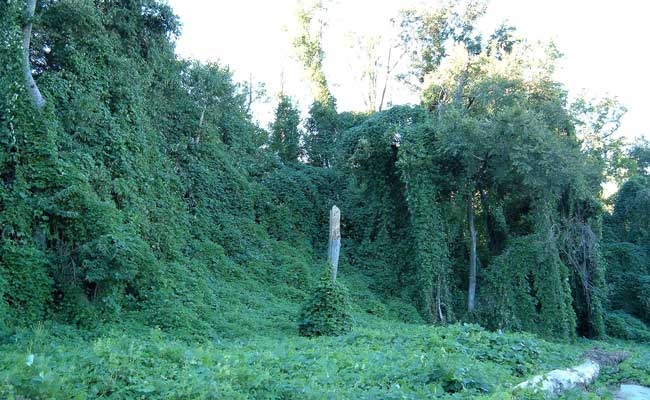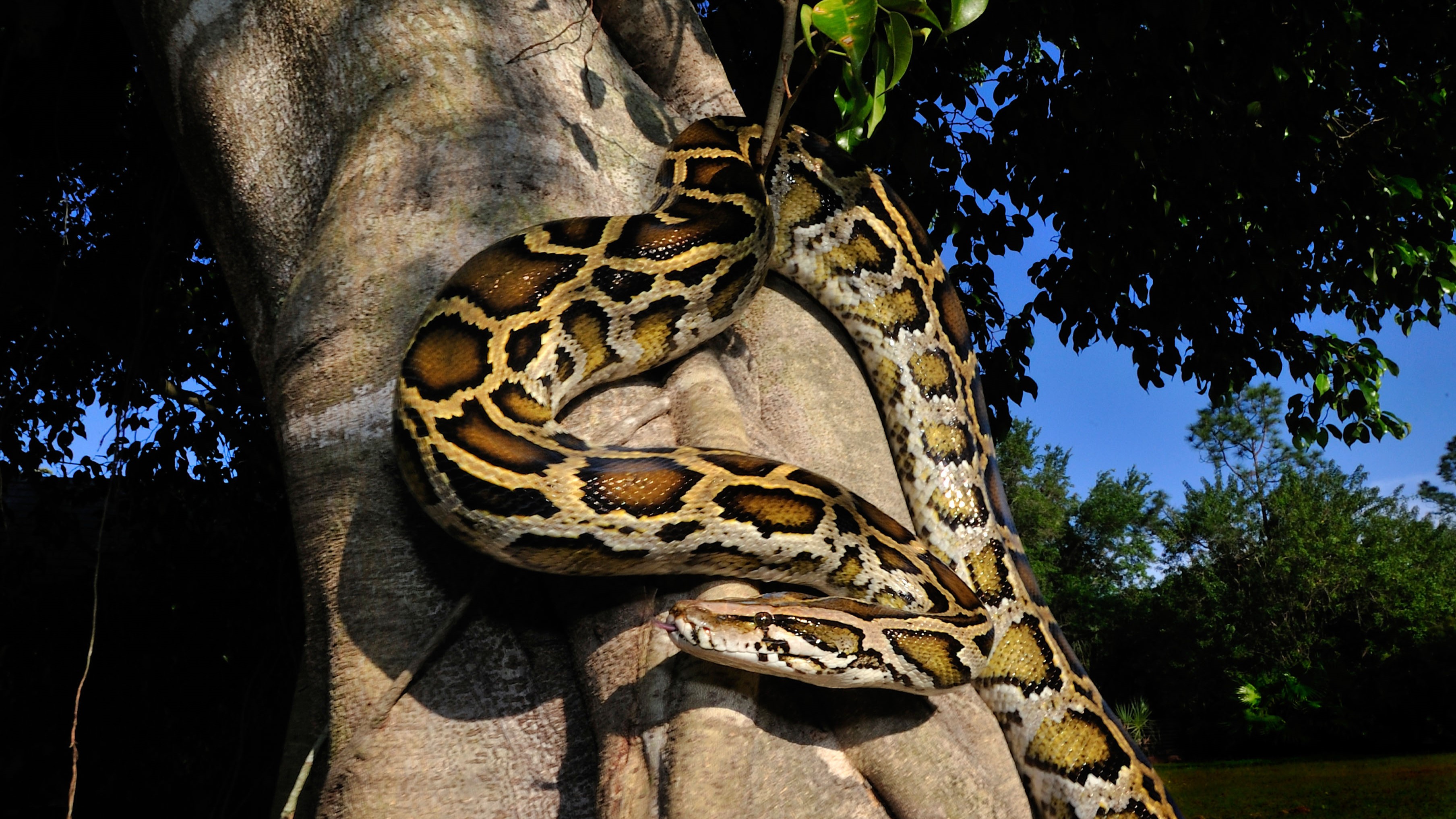Ecologist Studies Air-Polluting Kudzu Vines

This ScienceLives article was provided to LiveScience in partnership with the National Science Foundation.
Name: Jonathan E. Hickman Age: 37 Institution: The Earth Institute at Columbia University Field of Study: Ecosystem Ecology
It turns out that kudzu, the so-called “vine that ate the South,” is more than a nuisance for land owners. According to research recently published in the Proceedings of the National Academies of Science, kudzu actually pollutes the air around it with significant amounts of ozone, a gas that is helpful in the upper reaches of the atmosphere, but is a threat to human health at ground level. Jonathan Hickman was a graduate student at Stony Brook University when he was part of a research team that made this discovery about what might be one of the most celebrated and loathed plants in America. Hickman, now a postdoctoral fellow at the Earth Institute of Columbia, answers the ScienceLives 10 Questions below, discussing what inspired him to pursue a career in science relatively late in the game and how science can satisfy a craving for creativity.
What inspired you to choose this field of study? In 1998, I happened to buy a copy of Stephen Jay Gould’s Wonderful Life at a stoop sale in Brooklyn. I very easily might never have read it, but I did. At the time I had more than a casual interest in science, but I already had a B.A. in literature, and thought it was too late to do science professionally. Gould’s book—which made biology intellectually stimulating to me in a way it had never been before—made me reconsider.
What is the best piece of advice you ever received? During my first semester of graduate school, I was still quite unsure of myself. I told my advisor I thought it was a bit ambitious for me to write an NSF proposal so soon. He responded, “Well, if you’re not ambitious, why are you here?” It was a challenge rather than advice, and it made me reconsider what I expected from myself. (Incidentally, I applied for, and did not get, the fellowship.)
What was your first scientific experiment as a child? I was never that kid who turned over rocks; when it came to science, I was mostly interested in three categories of topics: the very large, the very threatening and the very incomprehensible. So black holes were a pretty big hit.
What is your favorite thing about being a researcher? There’s nothing as exciting to me as developing a set of questions I find really compelling. I wouldn’t argue that what drives me is the somewhat grandiose idea of expanding the realm of human knowledge, but simply thinking of something really nifty that seems worth doing.
Sign up for the Live Science daily newsletter now
Get the world’s most fascinating discoveries delivered straight to your inbox.
What is the most important characteristic a researcher must demonstrate in order to be an effective researcher? Ecology requires a certain kind of dogged resilience. The best-planned experiments in any field can hit a stumbling block, and ecology is particularly susceptible. It’s important to be able to pick up the pieces and find a way forward when rogue bunnies eat your experiment.
What are the societal benefits of your research? I worked on the impacts of invasive species as a graduate student, and now on how smallholder agriculture is affected by climate change. In both cases, I chose the projects in part because I hoped that the results would be of use to decision makers. We’ll see . . .
Who has had the most influence on your thinking as a researcher? I’d hate to inflate his ego, but Manuel Lerdau, my graduate advisor, undoubtedly has played the most important role in my development as a scientist. Manuel is able to create an environment that encourages the type of creative, independent thinking that has helped all his students become more interesting scientists.
What about your field or being a researcher do you think would surprise people the most? I think the creative side of science is a bit underappreciated by people who are sometimes scared off by its technical side. Some of the most interesting work starts with an unexpected question, or a particularly clever approach to an old problem—in both cases, the fruit of creativity. A lot of art, especially in the last 100 years, has been made out of a limited framework of ideas and themes that provide a useful constraint against which the artist works, producing both great and mediocre works. I think of science the same way—scientists work within the constraints of what is and can be known within the framework of our respective fields, and it’s the creative effort within this framework that produces some novel combination of questions or approaches that brings something new to light.
If you could only rescue one thing from your burning office or lab, what would it be? Right now, it would be the 1700 vials of gas samples from western Kenya that await analysis. A close second would be a photo of Hank Williams Sr.’s childhood bedroom that a friend gave me.
What music do you play most often in your lab or car? I’d have to say the album “Wowee Zowee,” by the band Pavement. It’s a ramshackle collection of rock songs that’s sprawling and flawed and absolutely wonderful.
Editor's Note: This research was supported by the National Science Foundation (NSF), the federal agency charged with funding basic research and education across all fields of science and engineering. Any opinions, findings, and conclusions or recommendations expressed in this material are those of the author and do not necessarily reflect the views of the National Science Foundation. See the ScienceLives archive.
Why is yawning contagious?
Scientific consensus shows race is a human invention, not biological reality










